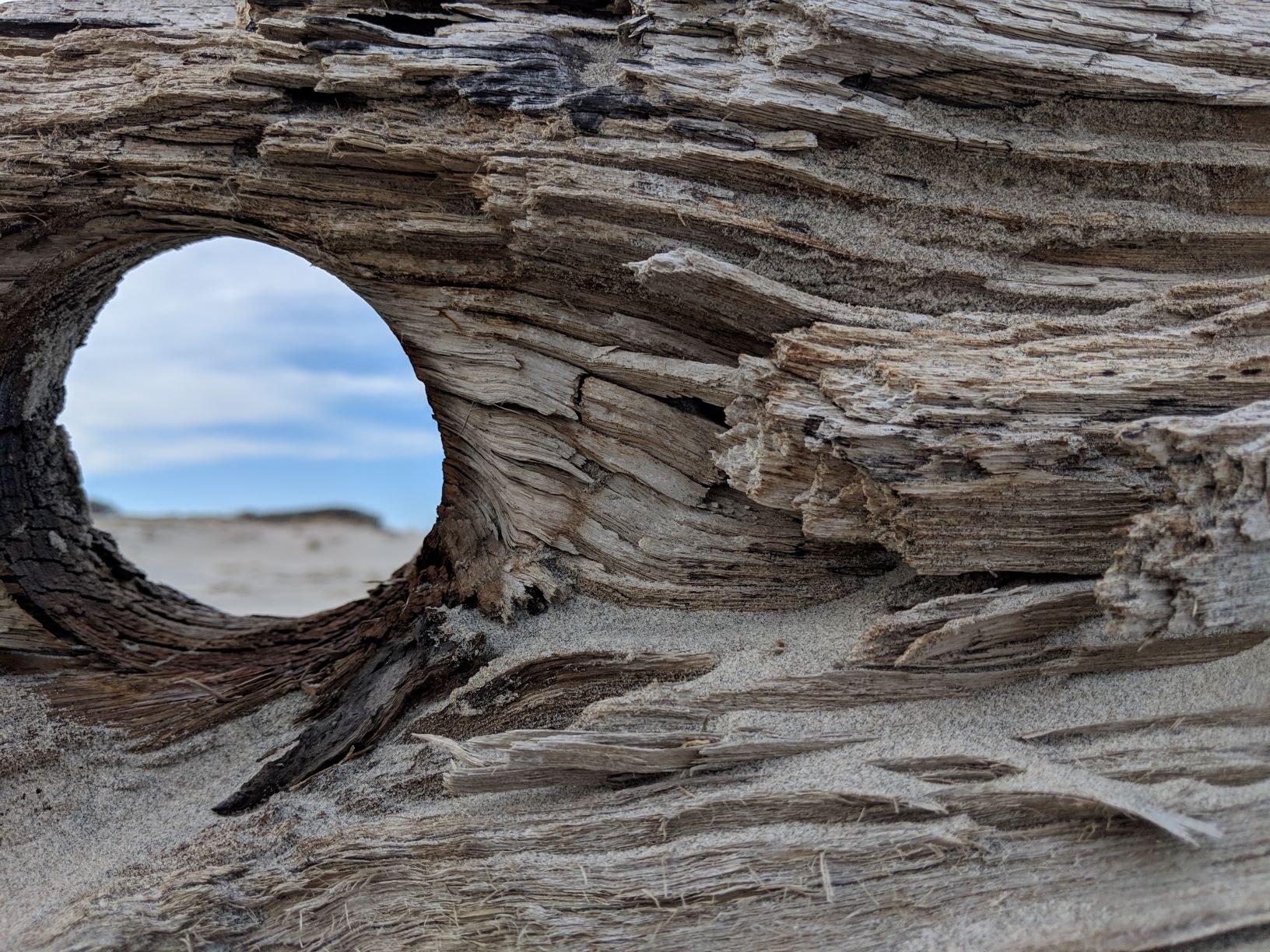By the time a child gets to high school, they are already so thoroughly confused by the contrast between what’s obviously true and what they believe that science becomes just another kind of religion.

This is not an accident. If we were any good at teaching children blessed with autonomy most of our classrooms would be empty and we’d lose our jobs.
The sun clearly and obviously travels across the sky, day in and day out. A child sees this, you see this, humans have seen this for tens of thousands of years. If you hold still and find a reference point, you can even detect the actual movement.
We do not feel the Earth spin, despite its considerable rotational speed here–almost 800 miles per hour in these parts. We do not feel a constant wind. A ball tossed up comes straight back down. (Yes, I know why, but if these were good enough reasons for Aristotle to believe the Earth stood still, few children are precocious enough to argue otherwise.)
Ask a child (or anyone, really) to explain this and they will tell you that the Earth spins. If you ask their evidence for this, most today have none beyond seeing the sun arc across the sky. They believe the Earth spins because their mother (and father and clerics and siblings and teachers et. al.) told them so.
If you deny the Earth spins, you will be ridiculed, your grades will drop, your chances of getting a decent paying job are hurt, and you may remain childless, lowering the chance of spreading your heretical belief.
Not so long ago, however, believing the Earth spun could get you burned at the stake, Giordano Bruno’s fate (on Ash Wednesday. who says irony is dead?)

The blessed few that still play under visible stars at night can at least feel the sky rotating over their heads, pivoting around the North star, so at least something spinning makes sense. They see the planets wander against the fixed starry background. They at least have access to evidence.
It’s frightening how deeply students believe that the Earth spins based on authority alone. If you ask them, they will tell you that this is a fact! So will just about every adult around them.
At least a child’s belief in Santa and the tooth fairy are fed by evidence faked by the loving adults around them (not hurt by the material gains they get by going along). And as cruel as these hoaxes may be, at least children are eventually told the truth.
Much of what identifies you are by accident of birth. Me? American, Catholic, male.
Much of what identifies you is why you believe what you believe. Wars have been fought over this. Many of us distrust others for not sharing the beliefs, as accidental as they may be.
Science does not give a fuck who your mother was–and requires evidence. The least we can do as science teachers is require the same in our classrooms.





